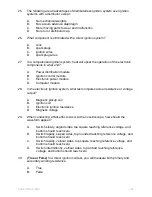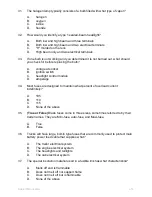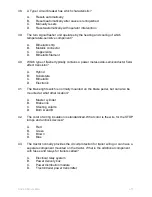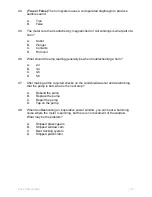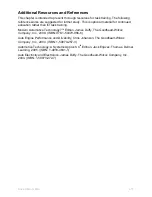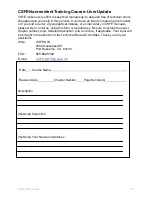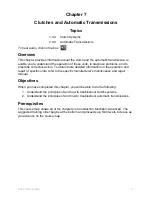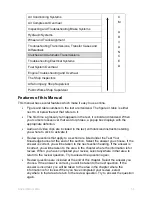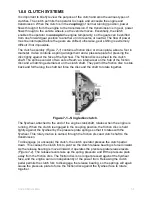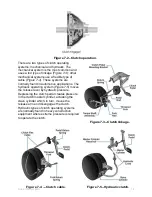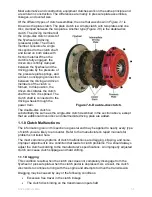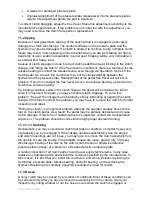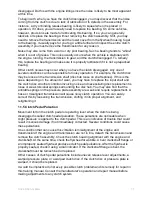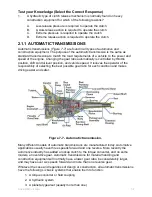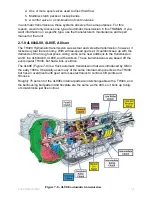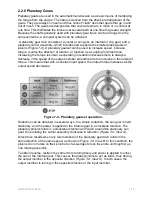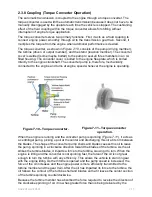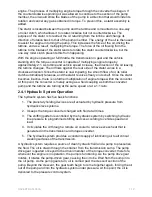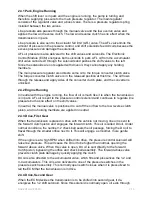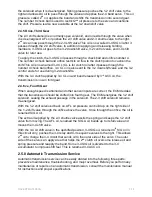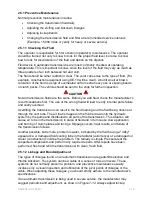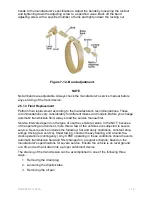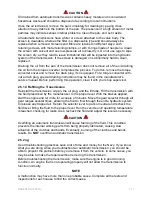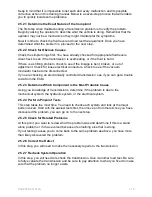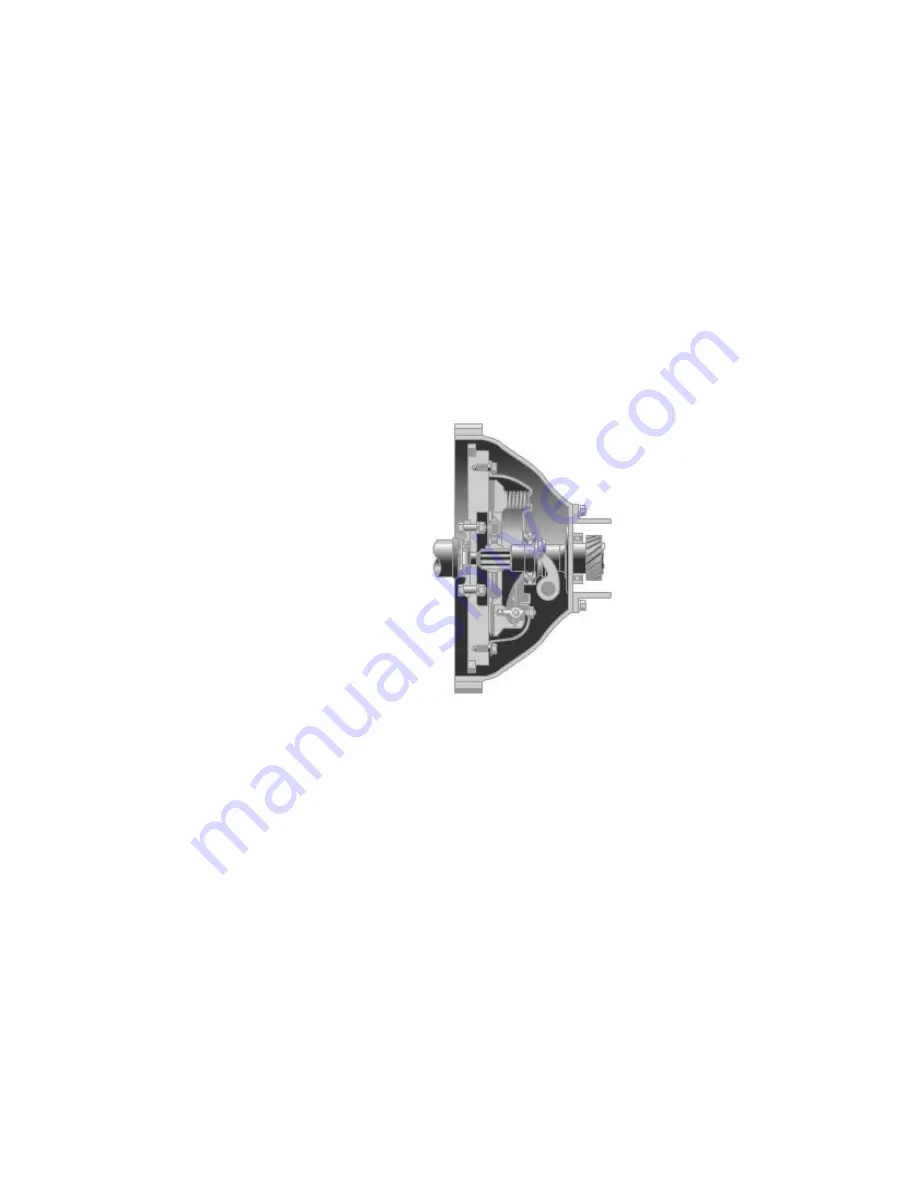
1.0.0 CLUTCH SYSTEMS
It is important to briefly review the purpose of the clutch and also the various types of
clutches. The clutch permits the operator to couple and uncouple the engine and
transmission. When the clutch is in the
coupling
(or normal running) position, power
flows through it from the engine to the transmission. If the transmission is in gear, power
flows through to the vehicle wheels, so the vehicle moves. Essentially, the clutch
enables the operator to
uncouple
the engine temporarily, so the gears can be shifted
from one forward gear position to another or into reverse or neutral. The flow of power
must be interrupted before the gears are shifted; otherwise, gear shifting is extremely
difficult if not impossible.
The clutch assembly (
Figure 7-1
) contains a friction disc, or driven plate, about a foot in
diameter. It also contains a spring arrangement and a pressure plate for pressing the
disc tightly against the face of the flywheel. The friction disc is splined to the clutch
shaft. The splines consist of two sets of teeth: an internal set on the hub of the friction
disc and a matching external set on the clutch shaft. They permit the friction disc to slide
back and forth along the shaft but force the disc and the shaft to rotate together.
Figure 7-1 -
Single disc clutch.
The flywheel, attached to the end of the engine crankshaft, rotates when the engine is
running. When the clutch is engaged in the coupling position, the friction disc is held
tightly against the flywheel by the pressure plate springs so that it rotates with the
flywheel. This rotary motion is carried through the friction disc and clutch shaft to the
transmission.
To disengage (or uncouple) the clutch, the clutch operator presses the clutch pedal
down. This causes the clutch fork to pivot so the clutch release bearing is forced inward.
As the release bearing is moved inward, it operates the pressure plate release levers
(
Figure 7-2
). The release levers take up the spring pressure and lift the pressure plate
away from the friction disc. The friction disc is no longer pressed against the flywheel
face, and the engine can run independently of the power train. Releasing the clutch
pedal permits the clutch fork to disengage the release bearing, so the springs will again
cause the pressure plate to force the friction disc against the flywheel face to rotate
together.
NAVEDTRA 14050A
7-3







